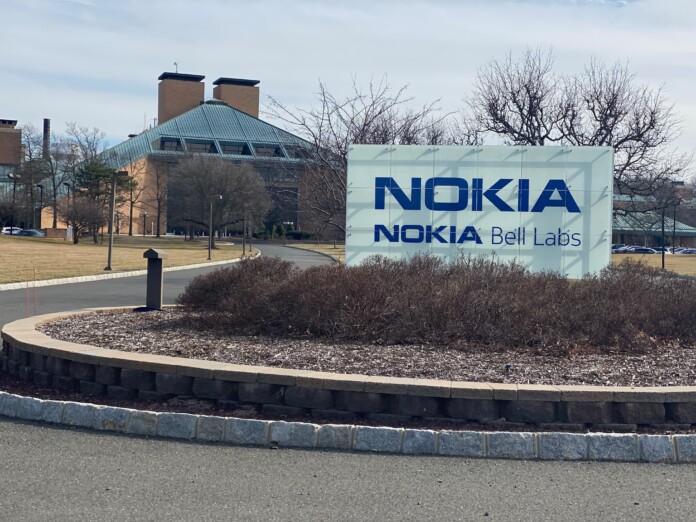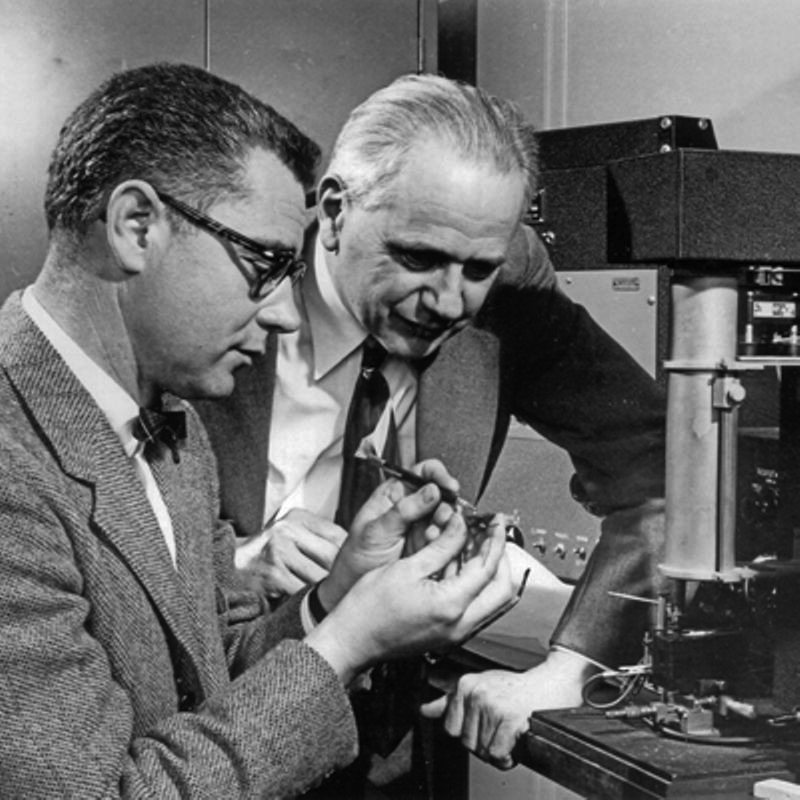Demis Hassabis and John M. Jumper of Google DeepMind, a British-American Artificial Intelligence (AI) Research laboratory shared the Nobel Prize in Chemistry 2024 with David Baker for their work in protein structure prediction. DeepMind subsequently made significant advances in protein folding with its AlphaFold, making a database of 200 million protein structures publicly available, a move that is expected to dramatically transform drug discovery.
It is uncommon for the Nobel Committee to recognise and award the prize for breakthroughs made by in-company research laboratories. The prize is awarded for discoveries in basic science that are subsequently proven by experiments and have applications that confer the greatest benefit on humankind.
Established in January 1925, Bell Labs is set to celebrate its centenary in 2025. Originally a subsidiary of AT&T, it was a world-leading scientific institution throughout much of the twentieth century, with 1925 to 1984 being its most glorious period. Following a series of mergers and acquisitions, it now operates under the brand name Nokia Bell Labs.
At its peak, the organisation employed approximately 25,000 people, including over 3,000 PhD holders. Among its numerous groundbreaking innovations were the invention of the transistor, the LASER, photovoltaic cells, the programming language C, and the development of Information Theory. An analysis of the success of Bell Labs offers valuable insights for contemporary in-house research laboratories.
- Basic research may lead to remarkable benefits but there are bound to be equally spectacular failures. Patient capital is key. While Bell Labs invented the transistor which many reckon was the greatest invention of the twentieth century and the solar cell which will potentially have a similar impact on clean energy in the twenty-first century, it tasted a spectacular failure in the Picture Phone. The Picture Phone was too far ahead of its time and did not have the ecosystem of supplementary technologies to make it successful in the market. Fundamental research needs to be backed by patient capital. AT&T was virtually a monopoly and had the financial muscle to bankroll the research. Today, Google DeepMind, Microsoft Research, and IBM Research are examples of companies that have similar deep pockets.
- Vertical and horizontal integration may have helped in the research breakthroughs. Bell Labs was part of the larger AT&T which provided voice, video, data, and Internet telecommunications and professional services to businesses, customers, and government agencies. For a period, it was jointly owned by Western Electric. All this meant that lab research benefited from the manufacturing, testing, and consumer insights of the parent company. Also, Mervin Kelly, as Research Director of Bell Labs had a strong belief in interdisciplinary work – chemists, engineers, physicists, material scientists, and even metallurgists came together, leading to several breakthroughs, the transistor being a standing example. In acquiring DeepMind, merging with Google Brain, and endowing it with all the strengths of Alphabet, Google may have implemented today what Bell Labs had done then.
- Organisation culture matters the most. Bell Labs had almost all the ingredients of success. With its formidable reputation and obsession with recruiting the best, it became the most sought-after organisation for engineers and researchers. It not only paid its people better than academia, it offered more than money; it offered employees autonomy, trust, stability, and excellent peer groups. Often scientists chose Bell Labs over academia because they did not have to run around for funding and could focus on research.
Bell Labs got a few things wrong too. When business cycles shortened, and the labs had to become small and nimble, they remained big and slow. In one egregious example, one of the team leaders sulked at the discovery of the point contact transistor by his own team. It is possible Bell Labs missed the potential of some inventions because the ideas did not get the wings.
The story of Bell Labs may hold many lessons for contemporary research labs. One of them may even better its record of ten Nobel prizes and five Turing awards!
Sudheesh Venkatesh, Chief Communications Officer, Azim Premji Foundation.
The views and opinions expressed in this article are those of the author and do not necessarily reflect the views or the positions of the organisation they represent.












